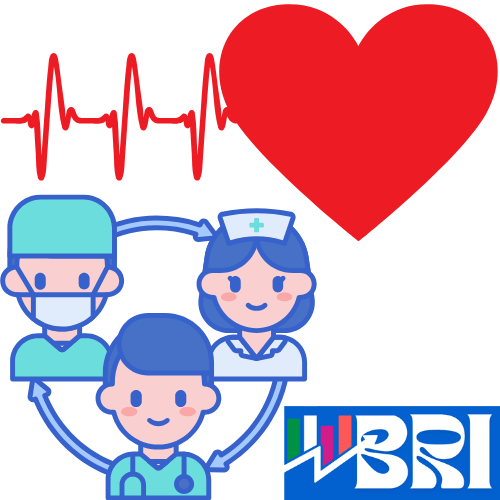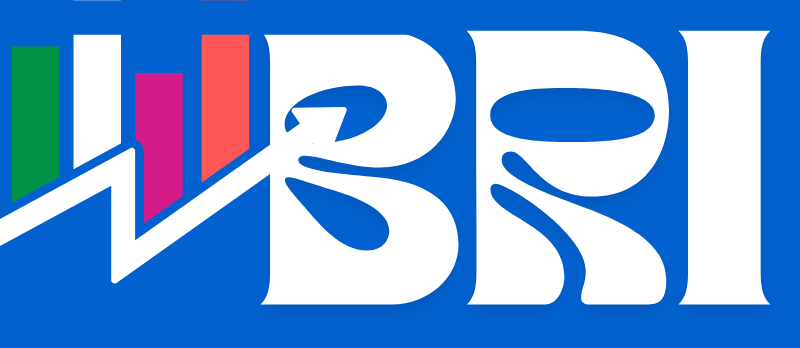
Aortic Valve Replacement Device Market Size
The global aortic valve replacement devices market size was valued at USD 7.26 billion in 2025 and is expected to reach USD 9.24 billion by 2034, at a CAGR of 2.63% during the forecast period 2025-2034.
Aortic Valve Replacement Device Market Overview
The increasing prevalence of aortic stenosis and cardiovascular diseases (CVDs) and the rising access to healthcare facilities are contributing to the growth of the global aortic valve replacement devices market. The global increase in the elderly population and rising incidences of heart diseases have led to a surge in the demand for transcatheter aortic valve replacement (TAVR) and surgical aortic valve replacement (SAVR) procedures.
The technological advancements in the design of valves offer numerous advantages in terms of improved results and decreased risks associated with the procedure and quicker recovery, thus propelling the whole market. The uptick in awareness, coupled with the rising availability of patients who require complex cardiac interventions, is a few of the factors that are surging the market growth globally.
These factors have greatly boosted the creation of aortic valve replacement devices, resulting in better valve durability and compatibility with the body, along with more successful procedures. The use of AI-assisted imaging and immediate procedure monitoring has also reduced errors and improved the post-op success rate due to an increase in precision.
Given the growing preference for bioprosthetic valves over mechanical valves, we anticipate significant growth opportunities in the aortic valve replacement market. Bioprosthetic valves are mainly constructed from bovine or porcine pericardium and hence are more biocompatible and durable and, unlike mechanical valves, do not require long-term anticoagulation therapy.
Based on Leaflet, the market is segmented by bovine pericardium and porcine pericardium. Bovine pericardium caters to the largest market share owing to the fact that it has superior tensile strength and better hemodynamic performance with a lesser calcification rate as compared to porcine pericardium.
Top medical device companies mainly use bovine pericardium in their TAVR and SAVR heart valves because it lasts longer and has a lower chance of breaking down. Research shows that bovine pericardial valves have a longer durability than porcine valves and are preferred for younger and more active patients.
Although some earlier clinical trials have proven that blood-thinning medicine could improve short-term results, in most cases it is preferred to not use blood-thinning treatment, and that is why more and more of the hospitals around Europe, the U.S., and Japan are using bovine-based bioprosthetic valves to improve long-term clinical results.
US, European, and Japanese hospitals also increasingly use bovine pericardial valves in high-risk and elderly patients since they are able to provide good valve durability and do not require lifelong anticoagulation therapy. Porcine pericardial valves are currently still an alternative, but they are associated with higher calcification rates and limited durability, leading to limited market penetration.
Due to the increasing geriatric population, rising prevalence of cardiovascular disorders, and improving healthcare facilities, we expect the Asia-Pacific region to grow rapidly. With the increasing accessibility to healthcare and various initiatives from respective governments, the demand for TAVR and other minimally invasive cardiac procedures is gaining enormous momentum in countries such as China, India, Japan, and South Korea.
As an example, next-generation aortic valve replacement technology has been adopted by various hospitals in China, including Beijing Anzhen Hospital and Fuwai Hospital, resulting in significantly increased procedural volume.
Funding for healthcare has also been boosted as part of the Chinese government’s Healthy China 2030 Initiative, expanding access to sophisticated cardiac treatments. Also, Japan, which has the highest proportion of old people in the world, with over 28% of the population falling in the category of 65 and above, is driving demand for bioprosthetic and transcatheter heart valves as well.
Osaka University Hospital has pioneered several innovative TAVR techniques to expand the treatment indications for elderly patients. Various advanced cardiovascular centers in India, like AIIMS and Fortis Escorts Heart Institute, are augmenting their valve replacement programs with affordable treatment options.
The life-saving cardiac procedures have become affordable with the help of the Ayushman Bharat program for health insurance, which has in turn aided the market growth. Moreover, Brazil’s public-private partnerships (PPPs) in healthcare also expanded funding allocation towards cardiovascular research, benefitting expanded access to aortic valve replacement technologies.
Report Scope
| Feature of the Report | Details |
| Market Size in 2025 | USD 7.26 Billion |
| Projected Market Size in 2034 | USD 9.24 Billion |
| Market Size in 2024 | USD 7.13 Billion |
| CAGR Growth Rate | 2.63% CAGR |
| Base Year | 2024 |
| Forecast Period | 2025-2034 |
| Key Segment | By Product Type, Leaflet Material, End-use and Region |
| Report Coverage | Revenue Estimation and Forecast, Company Profile, Competitive Landscape, Growth Factors and Recent Trends |
| Regional Scope | North America, Europe, Asia Pacific, Middle East & Africa, and South & Central America |
| Buying Options | Request tailored purchasing options to fulfil your requirements for research. |
BRI has comprehensively analyzed the global aortic valve replacement devices market. We have explained the driving forces, restraints, challenges, opportunities, and key trends in detail to depict an in-depth scenario of the market. Segment-wise market size and market share during the forecast period are duly addressed to portray the probable picture of this global aortic valve replacement devices industry.
The competitive landscape includes key innovators, aftermarket service providers, market giants, and niche players. We extensively study and analyze these, focusing on their strengths, weaknesses, and potential for value addition. In addition, this report covers key player profiling, market shares, mergers and acquisitions, consequent market fragmentation, new trends, and dynamics in partnerships.
List of the prominent players in the Aortic Valve Replacement Devices Market:
- Edwards Lifesciences Corporation
- Medtronic Plc
- Abbott Laboratories
- Boston Scientific Corporation
- LivaNova PLC
- Artivion Inc.
- Anteris Technologies Ltd.
- JenaValve Technology Inc.
- CryoLife Inc.
- LifeNet Health Inc.
- Thubrikar Aortic Valve Inc.
- Colibri Heart Valve
- Meril Life Sciences Pvt Ltd
- BioTronik
- Coroneo Inc.
- Terumo Corporation
- LeMaitre Vascular
- MicroPort Scientific Corporation
- Nipro Corporation
- Shanghai Kindly Medical Instruments Co. Ltd.
- Others
The Aortic Valve Replacement Devices Market is segmented as follows:
By Product Type
- Balloon-Expandable
- Self-Expandable
- Mechanically Expandable
- Aortic Regurgitation
By Leaflet Material
- Bovine Pericardium
- Porcine Pericardium
- Research Institutes and Others
By End-use
- Inpatient Facilities
- Outpatient Facilities
- Immunoassays
- Flow Cytometry
- Others
Regional Coverage:
North America
- U.S.
- Canada
- Mexico
- Rest of North America
Europe
- Germany
- France
- U.K.
- Russia
- Italy
- Spain
- Netherlands
- Rest of Europe
Asia Pacific
- China
- Japan
- India
- New Zealand
- Australia
- South Korea
- Taiwan
- Rest of Asia Pacific
The Middle East & Africa
- Saudi Arabia
- UAE
- Egypt
- Kuwait
- South Africa
- Rest of the Middle East & Africa
Latin America
- Brazil
- Argentina
- Rest of Latin America
[embedsocial_reviews id=”d4ae80cffae3d938f997111953699a733c8e6f99″]
